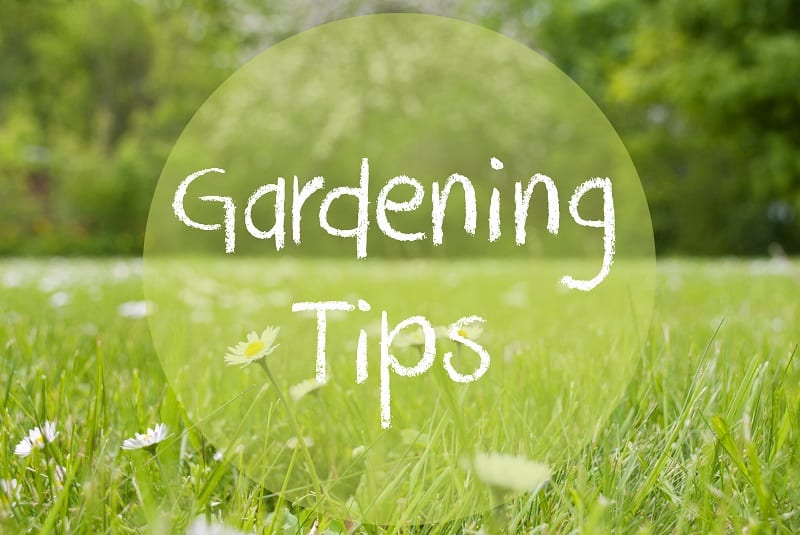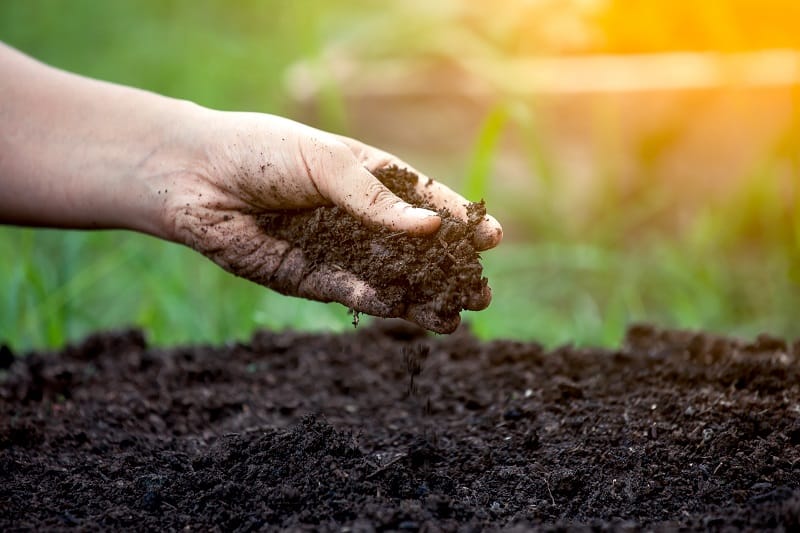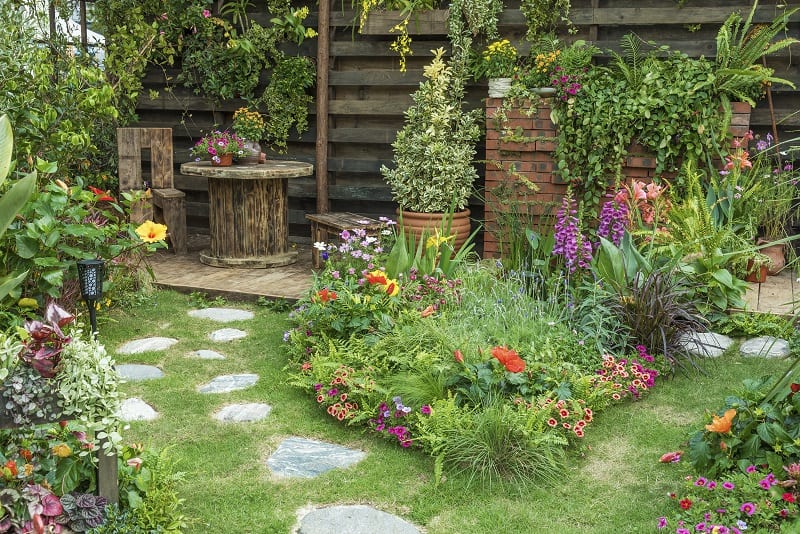No-till gardening is a way to save you time and the hard work of turning over the soil. This planting method can promote better crop growth and yield when done properly.
The basic idea that powers no-till gardening is that it relieves you from the hard work of tilling.
With this method, you plant crops and put decomposable materials on top of the soil, leaving the rest to nature.
No-till gardening can be applied in small and large gardens. The idea is to minimize hard work and allow plants to grow more naturally, providing an organic and cost-effective gardening solution.
What to Consider When Making a Transition
Transitioning to no-till gardening requires initial extra effort, but it pays off with time and labor savings in the long run. Here are some key considerations:
Garden size: The process differs based on the garden size. For small gardens, simple items like old newspapers, wood chips, and chicken fertilizer may suffice. Larger gardens require more materials and potentially purchasing from suppliers, which can increase costs.
Garden supplies and materials: Accessibility to supplies like wood chips, compost, and mulch is crucial. Rural areas may have limited access, making no-till gardening challenging for larger gardens.
Budget: Consider your budget for purchasing necessary materials if free resources aren’t available. Sometimes, traditional tilling may be more cost-effective.
Crop rotation: Rotate crops annually to manage pests and diseases, as no-till gardening doesn’t expose pests to air like tilling does.
Cover crops: Plant non-grass cover crops in winter to protect soil and provide nutrients.
Avoid walking in garden beds: Walking on beds can compact the soil, harming soil organisms.
Tips to Follow When Creating a No-Till Garden

Designating Garden Space: Choose an area with adequate sunlight and good soil quality.
Gathering Materials: Collect leaves, newspaper, chicken fertilizer, compost, and wood chips. Newspapers help kill grass and are biodegradable.
Layering the Garden: Start with newspapers, then add old leaves, a thick layer of compost, chicken fertilizer, and finally wood chips.
Timing: Prepare the garden in fall to allow materials to settle over winter, ready for spring planting.
Soil Organisms: Preserve and encourage soil organisms by avoiding tilling, which disturbs fungal networks and reduces humus.
Use Weeds as Fertilizer: Chop and drop weeds weekly to fertilize the soil and support soil organisms.
Planting Technique: Use a digging fork for planting and harvesting, disturbing the soil minimally.
Advantages and Disadvantages of No-Till Gardening
Natural Gardening Method: Mimics nature’s process, leading to organic, nutritious food.
Simplifies Organic Gardening: The garden naturally generates required materials, reducing the need for purchased fertilizers.
Increased Harvest: Long-term no-till gardening can yield more.
Disadvantages:
Requires More Initial Effort: Gathering materials and preparing layers takes time and effort.
Thick Layers Needed: Inadequate layering can lead to failure in controlling weeds and grass.
In conclusion, no-till gardening, while initially demanding, offers a sustainable and productive way to garden by working with nature. It benefits the environment and the gardener, providing a fulfilling and effective gardening experience.

Just like any other type of gardening, no-till gardening has its pros and cons.
asis, you can get more yield from the same area.
There are numerous examples of no-till gardening where the gardens are completely flourishing.
These types of gardens offer maximum harvests, which you don’t see in other types of gardens.
If you want your plants to grow in a natural environment, you need to follow the natural methods.
At present, you won’t find any other method more natural than no-till gardening.
Therefore, the results you get are also promising.
No Till Gardening Disadvantages
Given below are some of the cons of no till gardening.
It is better to know about the disadvantages of this type of gardening before actually starting the work.
No Till Requires a Lot of Effort
No till gardening requires a lot of preparation work, which means you have to spend more time in the garden.
Before you actually start working on no-till gardening, you need to gather a lot of materials.
This requires your time and effort. Initially, you may find it hectic to collect the materials for your garden.
Things may become even more difficult if you have a large garden.
For instance, if you have to place the first layer of the newspaper, it may take a whole day.
Furthermore, you need to track down the wood chips every year to use the required amount in the garden.
Similar is the case with chicken fertilizer, which you need to gather and spread over the layers of other materials.
Below is a short video about the list of pros and cons of till vs no-till gardening:
Need to Put Thick Layers
Putting down thick layers is necessary for successful no-till gardening.
The layers of composting materials should be adequately thick, which means you have to collect more material.
If you have a large garden, gathering the required amount of material won’t be an easy task.
You need to work constantly with the purpose of collecting the materials for your garden.
Also, even if you are working diligently, failure to follow the right procedure may ruin all your efforts.
For example, if you fail to make your layers thick enough, you can’t destroy the grass and other weeds.

